It’s back!
Welcome to the start of season 2 of Everything Is Amazing, a newsletter about using curiosity to live better, think deeper and behave in ways that will make strangers cross to the other side of the street to avoid you. (More fool them, eh?)
If you’ve recently joined - perhaps via Twitter, where a thread I posted went viral recently - then welcome, & thanks for signing up. And if not, please…
Ta.
This is what went down in the first season, and this is a rough guide to how it all works, which I’m immediately going to contradict somewhat. See below for the details.
But first, here’s the story of one of the most outrageous travel articles in British publishing history.
This is the sight facing you if you opened the pages of The Guardian in early April, 1977.
Alongside details of a breakdown in negotiations between the Soviet Union and the United States, and a warning about British pubs overcharging anyone having the wretched indecency to order a soft drink instead of a beer, this map headed a special travel feature about the world’s least-known newly independent island republic, San Serriffe.
Never heard of it? Most Guardian readers hadn’t either. This tiny nation, “grouped roughly in the shape of a semicolon,” was a remarkable scoop, and judging from the size of the feature (7 pages!), the newspaper clearly knew it.
Then there was the advertising:
For the careful reader, further surprises awaited - like how ‘extreme tides’ were pushing San Serriffe towards the northwest:
“… the islands will accelerate at first gently and then more rapidly as they approach Sri Lanka. Simple calculations suggest that the island group will hit the coast of Sri Lanka at a velocity of 940 km an hour on January 3, 2011.”
Um.
“…[enjoy] the many beaches from which terrorism has been virtually eliminated…”
Wait, is all this just a massive…?
Aha. Okay then.
The great San Serriffe hoax of April 1st, 1977 wouldn’t have fooled many folk today. You don’t have to be a web designer to spot the typeface names (but if you are, you might also see that the name “San Seriffe” is written in - yep, you guessed it).
If they tried this in 2021, Twitter would be awash with LOLs within minutes. But in 1977? And with all that convincing-looking advertising? It was the perfect April Fool - partly because at that time, no major newspaper had ever done something so breathtakingly ridiculous.
To spoil the joke entirely, here’s a full list of the typographic puns, courtesy of Doug Wilson’s writeup:
Island Name: San Serif typeface (without serifs)
Island Shape: Semi-colon, Upper Caisse & Lower Caisse
Pie Island: When you drop letterpress type on the ground
Port Elrod: A hot-metal strip-casting machine
Typefaces: Port Clarendon, Bodoni, Erbar, Perpetua, Umbra, Garamondo, Gill Sands, Gill Cameo, Monte Tempo, Montallegro
Ova Mata: Type that does not fit in a column (also called “over set”)
Woj of Tipe: “Wodge of Type” A bulk quantity of type
Printing Terms: Villa Pica, Pearl Island, Cap Em, Thirty Point
Flong: A curved papier-mâché matrix which helped create stereotype plates for rotary press printing
And the cleverest bit of this: it was originally going to be a single page. But then its perpetrators realized a bigger (equally faked) feature would generate a lot more money for the newspaper by weaving themed advertising into it - if the real advertisers were brave enough to play along.
They were.
It worked magnificently:
According to Guardian Deputy Editor David McKie: "The impact of the seven-page survey was quite astonishing. The office all day was bedlam as people pestered the switchboard with requests for more information...[they] simply refused to believe that the islands did not exist."
It’s an amazing story with timeless appeal (when I posted all this on Twitter, it went nuts - although I’m far from the first to post it on there).
To me, this seems a huge opportunity for someone creative enough to craft a modern take. Someone brave/reckless enough to rope in some big advertisers. Maybe?
But nowadays we’re all on high alert on April 1st. Modern audiences are much less easy to fool - so kudos to Ordnance Survey for this gem from 2018, claiming it was newly arisen west of Ireland after being “lost to the sea for centuries”:
(Here’s how they made it - and here’s the “real” mythical island they were referencing.)
I love all this because it’s how I entered travel writing: via a side door marked “shameless parody.” It’s why I love Tom Gleisner and Rob Sitch’s gleefully tactless Molvania: A Land Untouched By Modern Dentistry, and W.E. Bowman’s The Ascent Of Rum Doodle. Exploring the world is great and all that, but poking fun at the world? Oh hell yes.
My love of fake geography started early. Here’s a map that hung on my wall when I was a kid:
As a teenage nerd growing up in Norfolk, Middle Earth often felt more real to me than the world outside my bedroom window (especially the mountain chains, since my part of England looked like it was designed with a spirit-level).
This feeling intensified almost painfully when I bought a copy of Barbara Strachey’s brilliant, meticulously researched Journeys Of Frodo:
(Wish I’d kept my copy. The 1998 reprints are expensive and hard to find, so who knows what the first editions are worth now? Ghagh.)
Maybe at this point a well-adjusted traveller (or person, generally) would say something like “…and then I discovered real maps, and the rest is history.” Well, not quite so much in my case.
I did fall in love with cartography in a big way, thanks to the colossal fold-out charts that came with my dad’s copies of National Geographic Magazine…
And when I learned basic navigation as part of my Duke Of Edinburgh award, via the British RAF Air Cadets, I was smitten.
(This was back when maps were mostly made of paper - and there’s an important point here. Yes, modern digital maps are immensely useful, but we need the foldable kind as well. In particular, we need them for their ability to not immediately tell us where we’re going and how to get there, so we have to search through them and learn how they work, stumbling across all sorts of interesting things along the way. Paper maps are curiosity engines - so it’s worrying that we might be forgetting how to read them.)
But while I now love real maps, I think I love stupid, fake maps slightly more.
And I’m certainly not alone:
(Courtesy of the massively-followed TerribleMaps Twitter account.)
It’s thanks to a map of hilarious stupidities that I recently discovered a ludicrous and irresponsible prank on an epic scale from Alaska, where in 1974 a World War II veteran successfully faked a volcanic eruption. That full story is here.
I’m also reading Malachy Tallack’s Un-Discovered Islands: An Archipelago of Myths and Mysteries, Phantoms and Fakes (2016), which is living up to the Scotsman On Sunday’s review of it as a “swashbucking romp”:
There’s so much. And it’s all so daft.
Here, then, is what I’m curious about right now: the midpoint between the wholly fictional Tolkien-style maps I grew up with, and the detailed, real-world OS maps I can never seem to fold up the correct way.
This middle terrain, perhaps marked Terra Ineptias (“nonsense-land”), is like the barely-controlled anarchy of a Terry Gilliam film, covering hoaxes, scams, superstitions, propaganda, devious rebellions, weaponised idiocy, vainglorious quests for fame and fortune, the restless science of psychogeography, and all sorts of stuff that makes you wonder how we can be sure of anything on the maps we read.
So that’s my pet obsession over the next 8 weeks. I’m hijacking my own Idiot Question Mondays and turning them into map-related idiot questions, and sharing with you what I learn along the way. Hope you’re up for that.
As for what’ll be happening in the rest of the newsletter, more on that in a few days.
Thanks for reading.
Images: Barbara Strachey; The Guardian; Ordnance Survey; Doug Wilson; Mike Sowden.




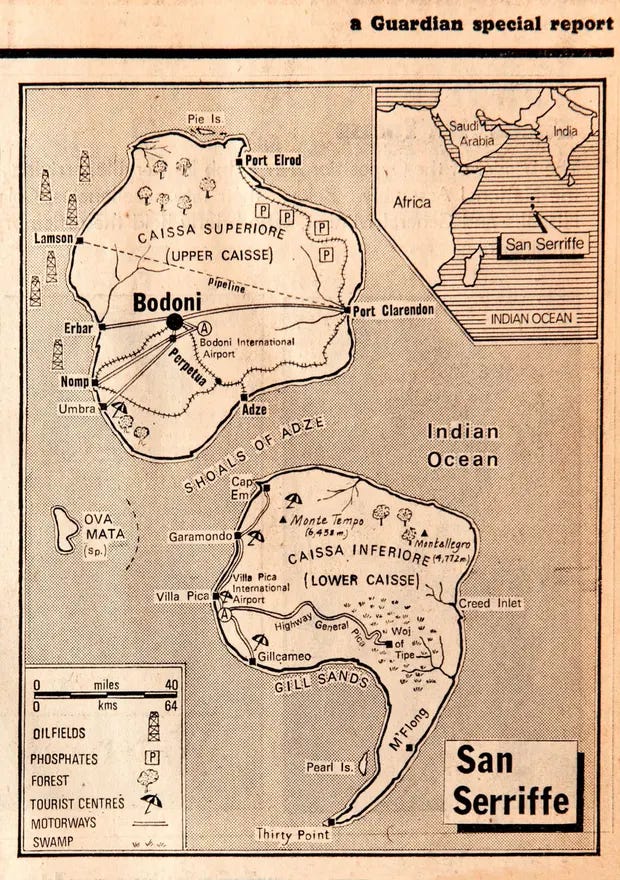
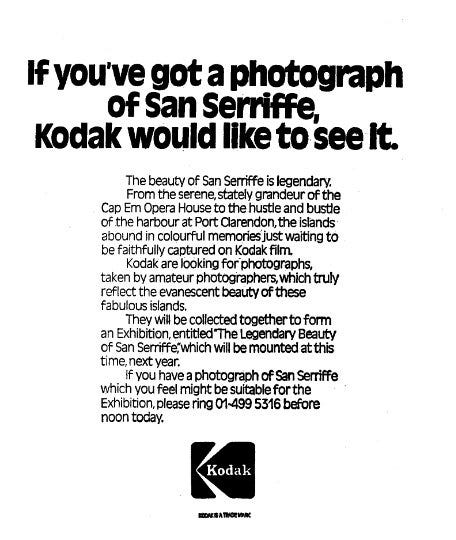
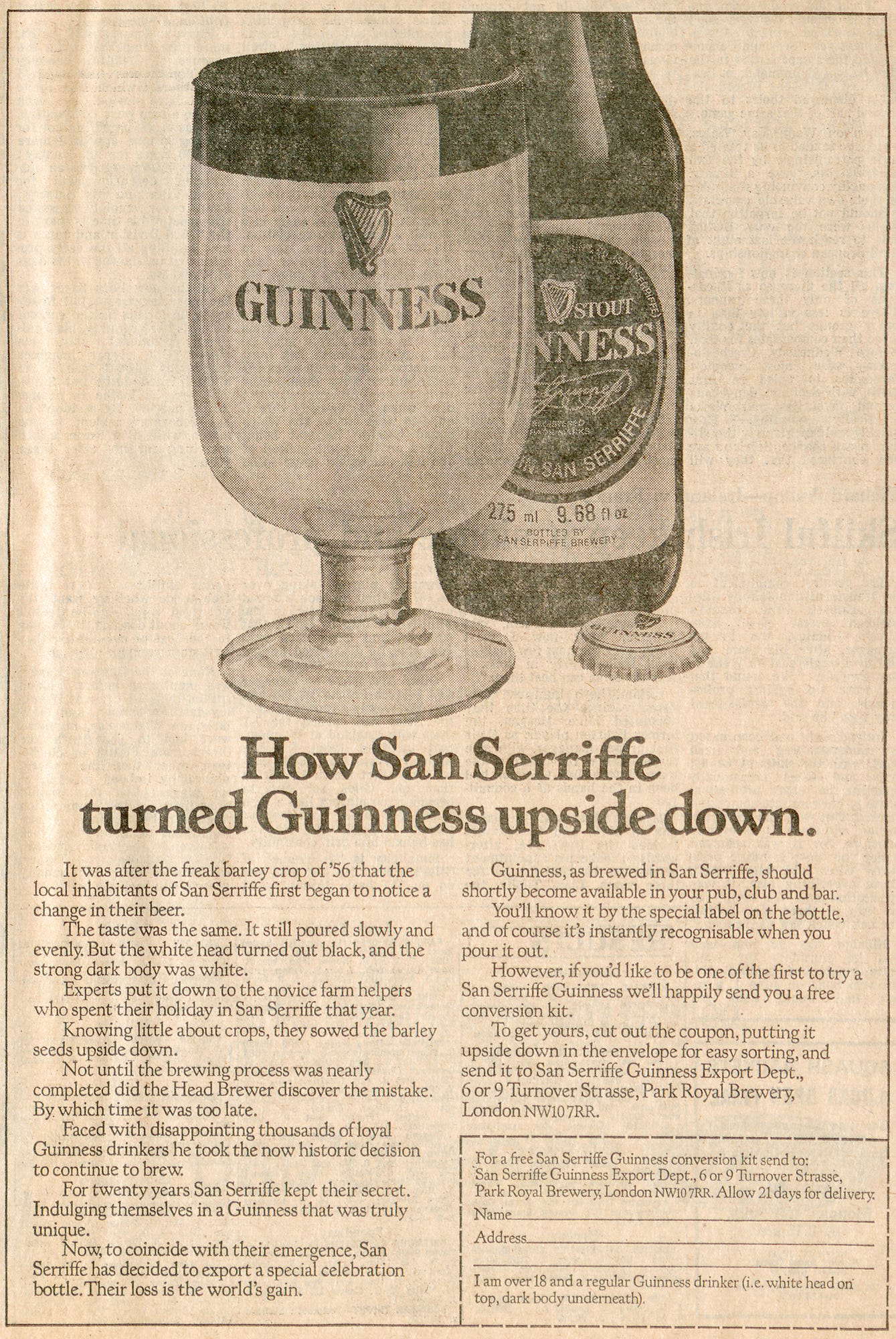
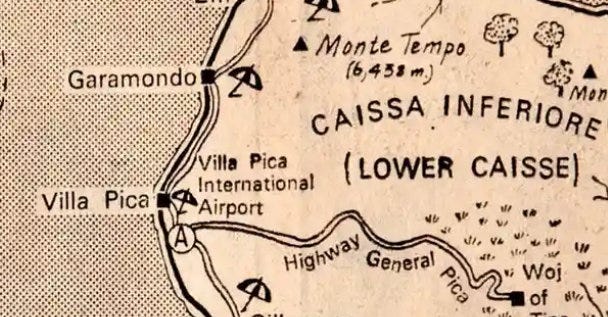
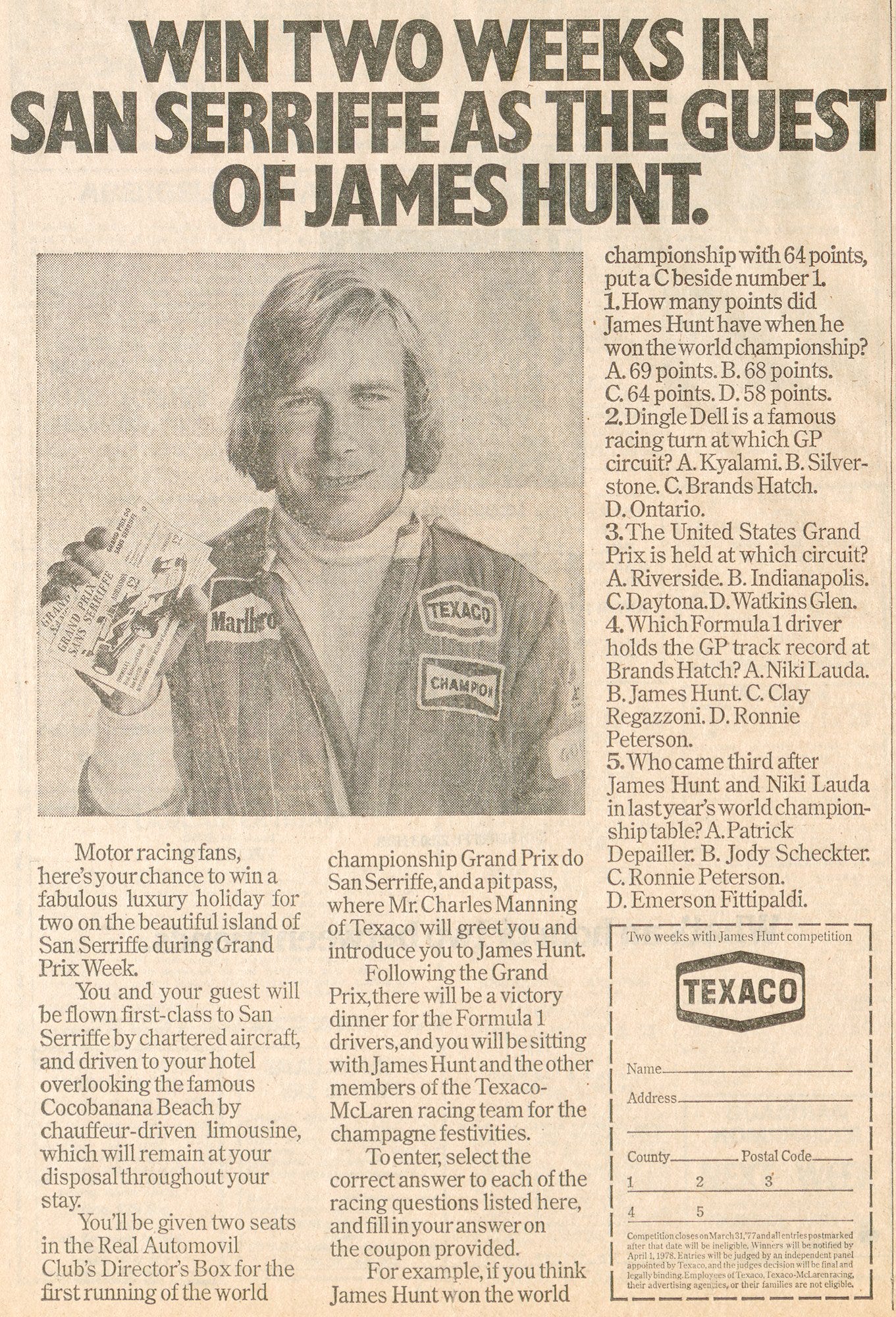
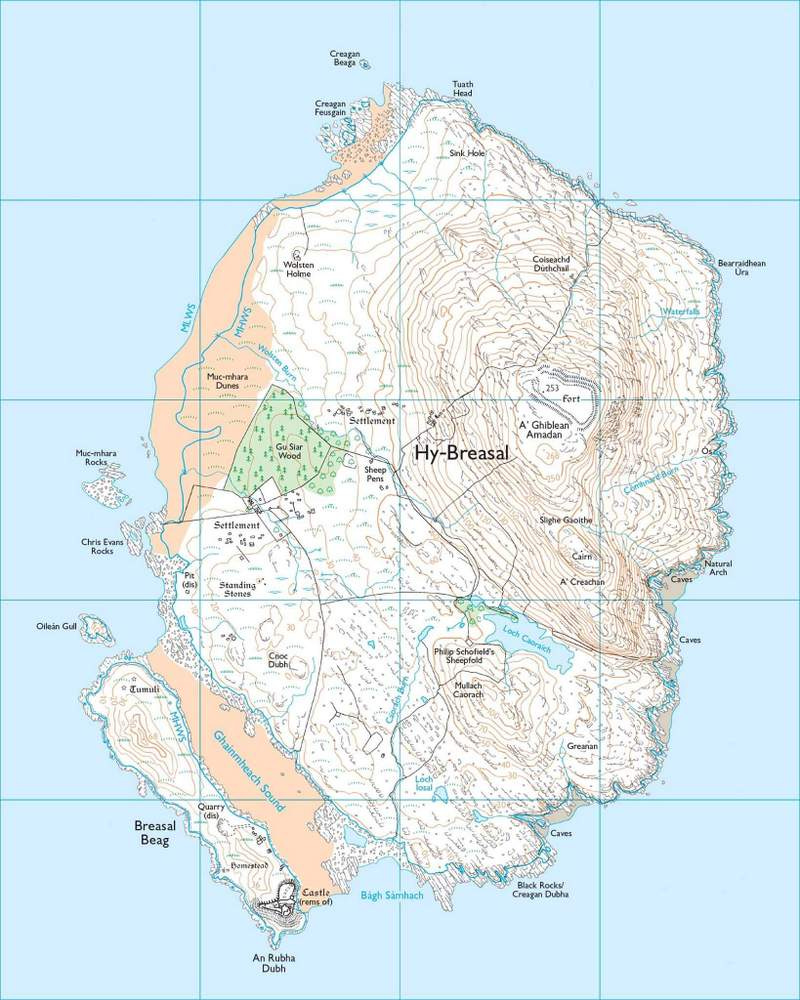
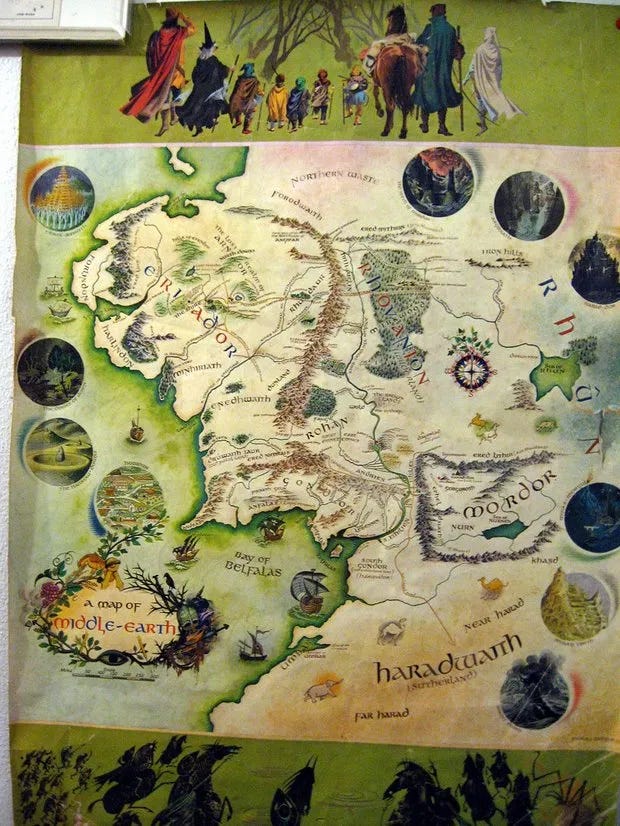
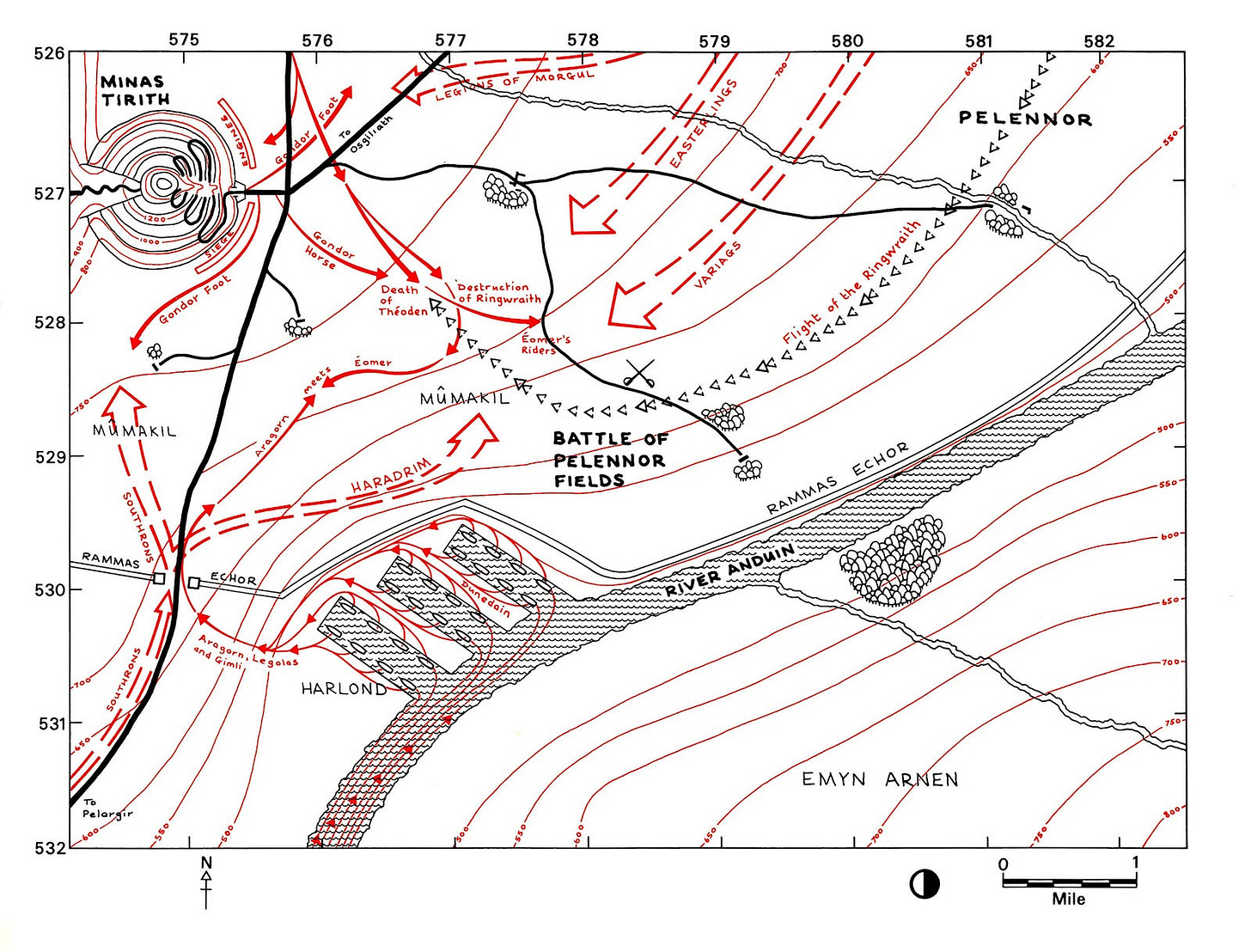
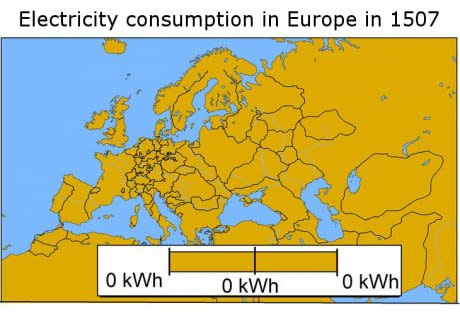
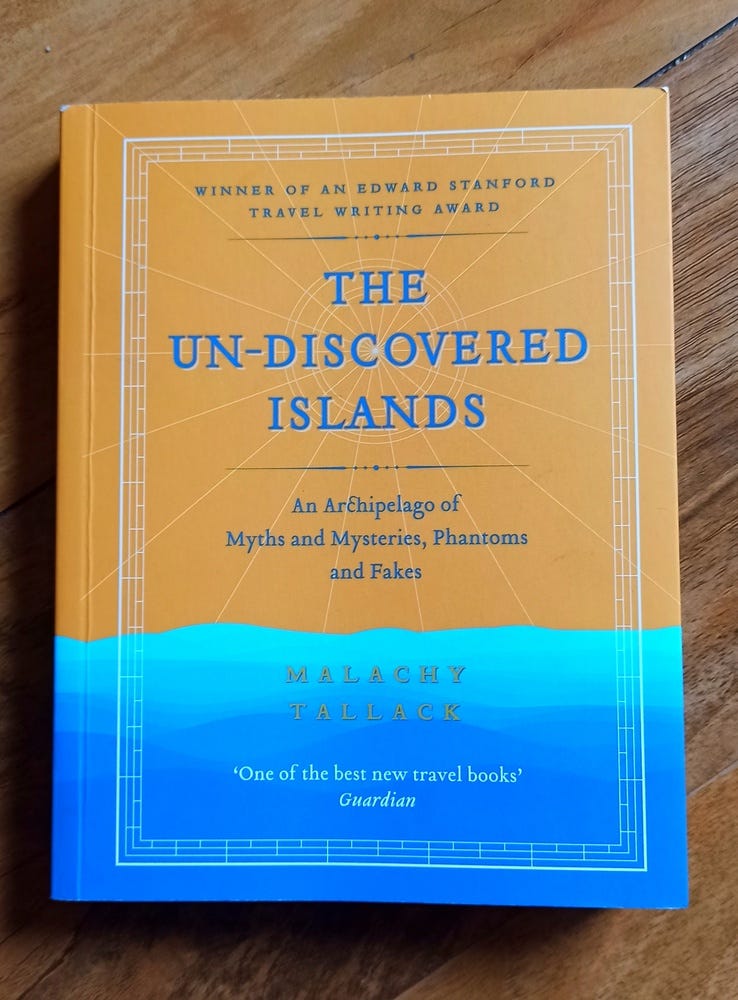
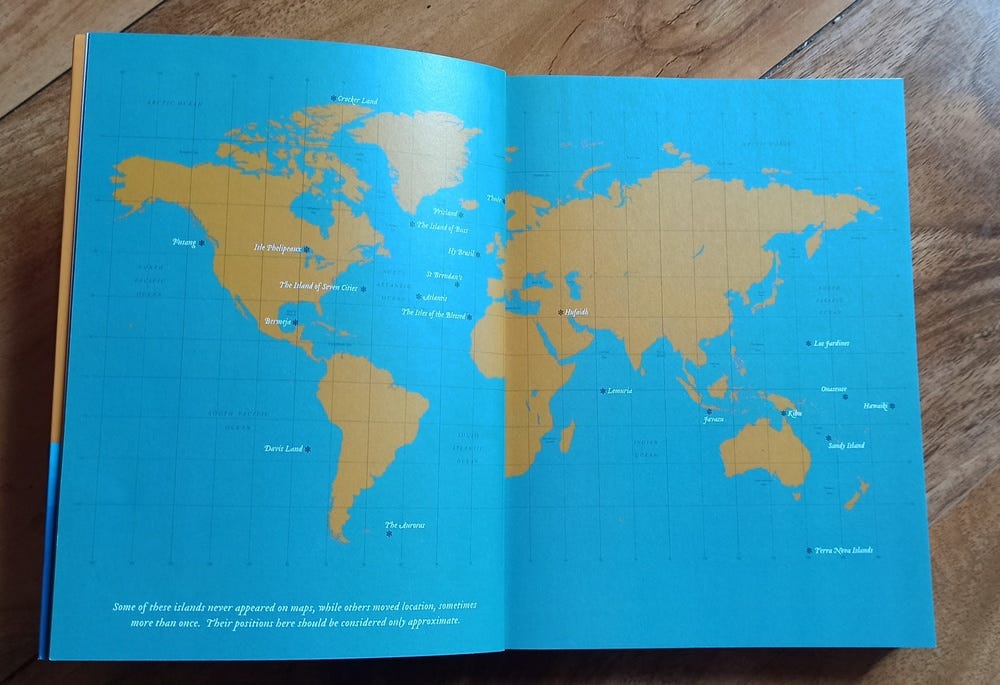
Whilst schoolmates were getting enamoured with Tolkien, I was chumming up to Billy Bunter, and I am a not-so-proud owner of a linen-backed map of Friardale, the fictional location for Greyfriars School. I would sent it to you, but I'm too mean.
Your waxing lyrical about pondering maps may find echoes in these two by me:
https://endlesschain.substack.com/p/how-i-writecomment-jecrishoe-ik-schrijf
https://endlesschain.substack.com/p/anarchy-in-the-uk-raine-pondering
Brilliant! Are you familiar with Scarfolk Council? If not already it might be right up your alley.
https://scarfolk.blogspot.com